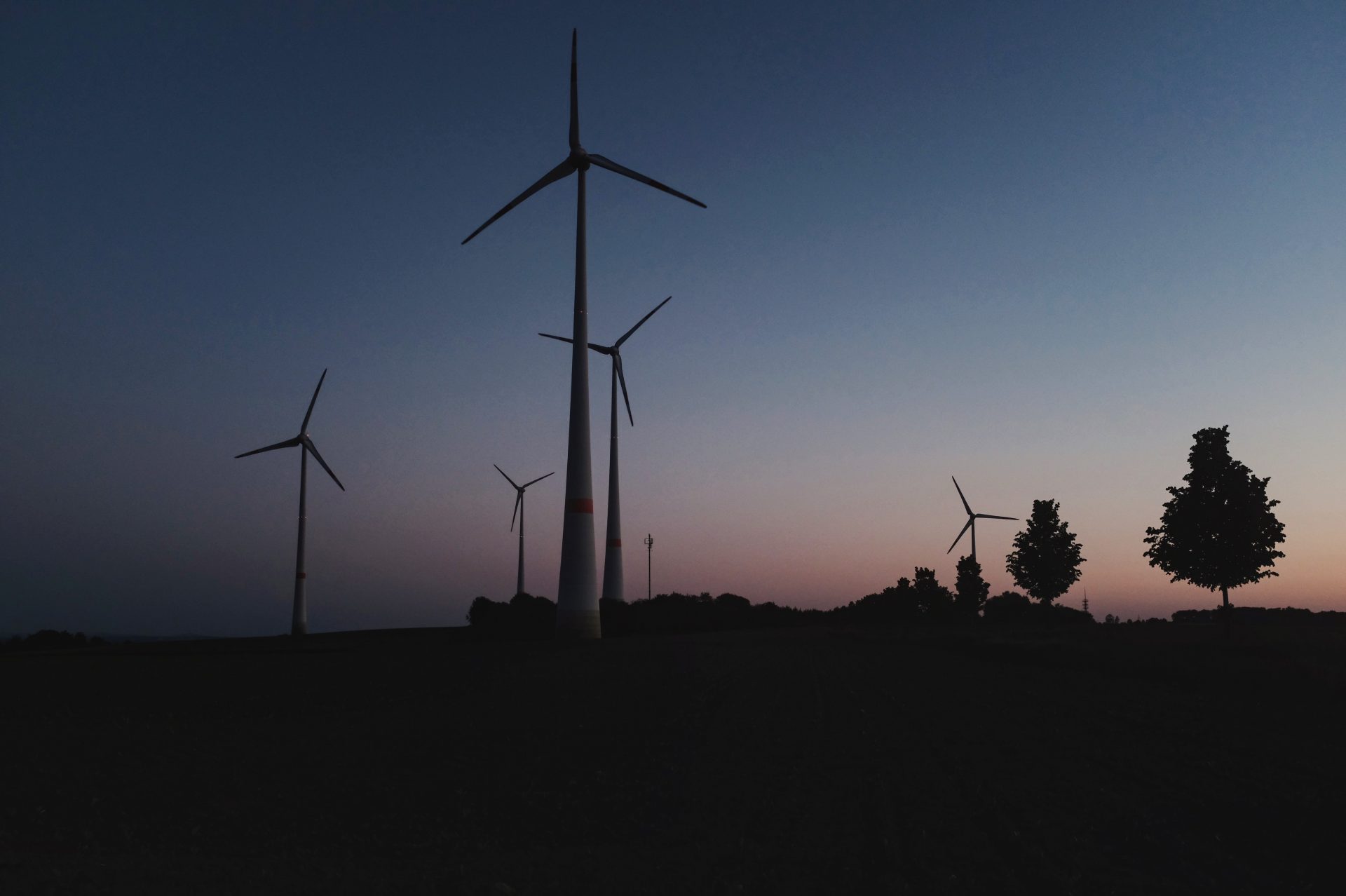What is Wind Power?
Wind energy harnesses the kinetic energy from the wind and converts it into electrical energy for residential and commercial use. Wind power has long been used to drive water pumps on Canadian farms – and for centuries in Europe – to grind grain. Wind energy projects are operating in over 70 countries around the world as well as in every province in Canada.
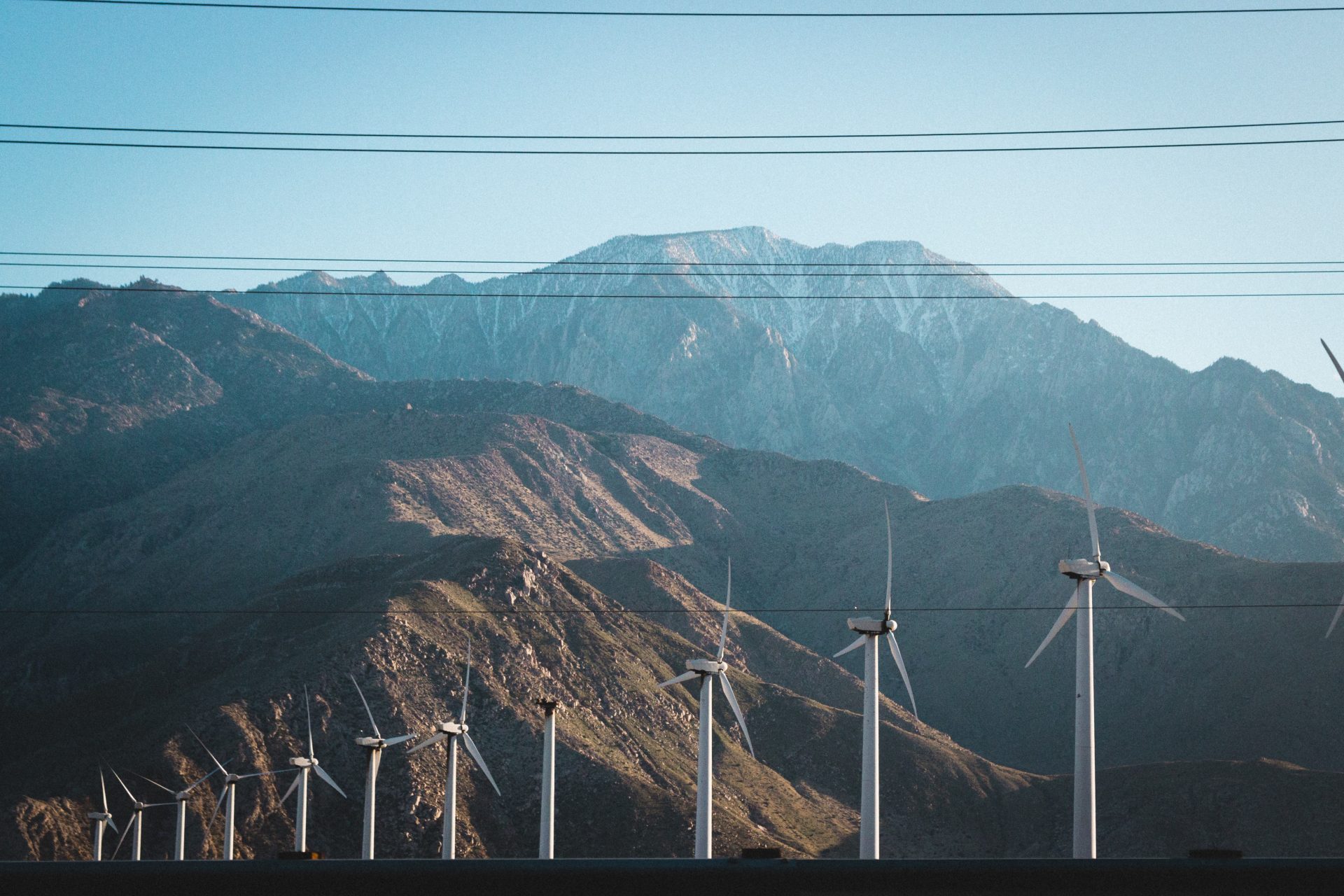
Modern wind turbine technology is a result of advancements in aerodynamics, engineering, electronics, and instrumentation. These changes have immensely improved the efficiency of modern turbines. Wind turbines sit atop high towers to take advantage of higher and more constant wind speeds. When the wind blows and passes the blades, the rotor of the turbine rotates. The rotor is attached to a shaft which subsequently turns gears and powers a generator inside the nacelle at the top of the tower. Cables carry the electrical current down the tower to a substation where the current passes through transmission lines to residences or businesses.
The modern commercial scale onshore wind turbine typically stands between 70 to 130 meters tall with three blades, each 40 to 60 meters in length. Typical wind turbines can generate up to 3 MW of electricity and are 200 times more efficient than they were two decades ago.
Why Wind?
Wind power provides a continuous source of clean, renewable energy with no emissions and reduces British Columbia’s reliance on fossil fuels.
Advancements in turbine technology have also made wind power competitive and cost-effective with the cost of wind electricity decreasing by over 90% since 1980.
Wind energy also compliments hydro storage projects by providing excess wind-generated power for pumped water storage and provides community benefits through property taxes, local employment, and tourism.
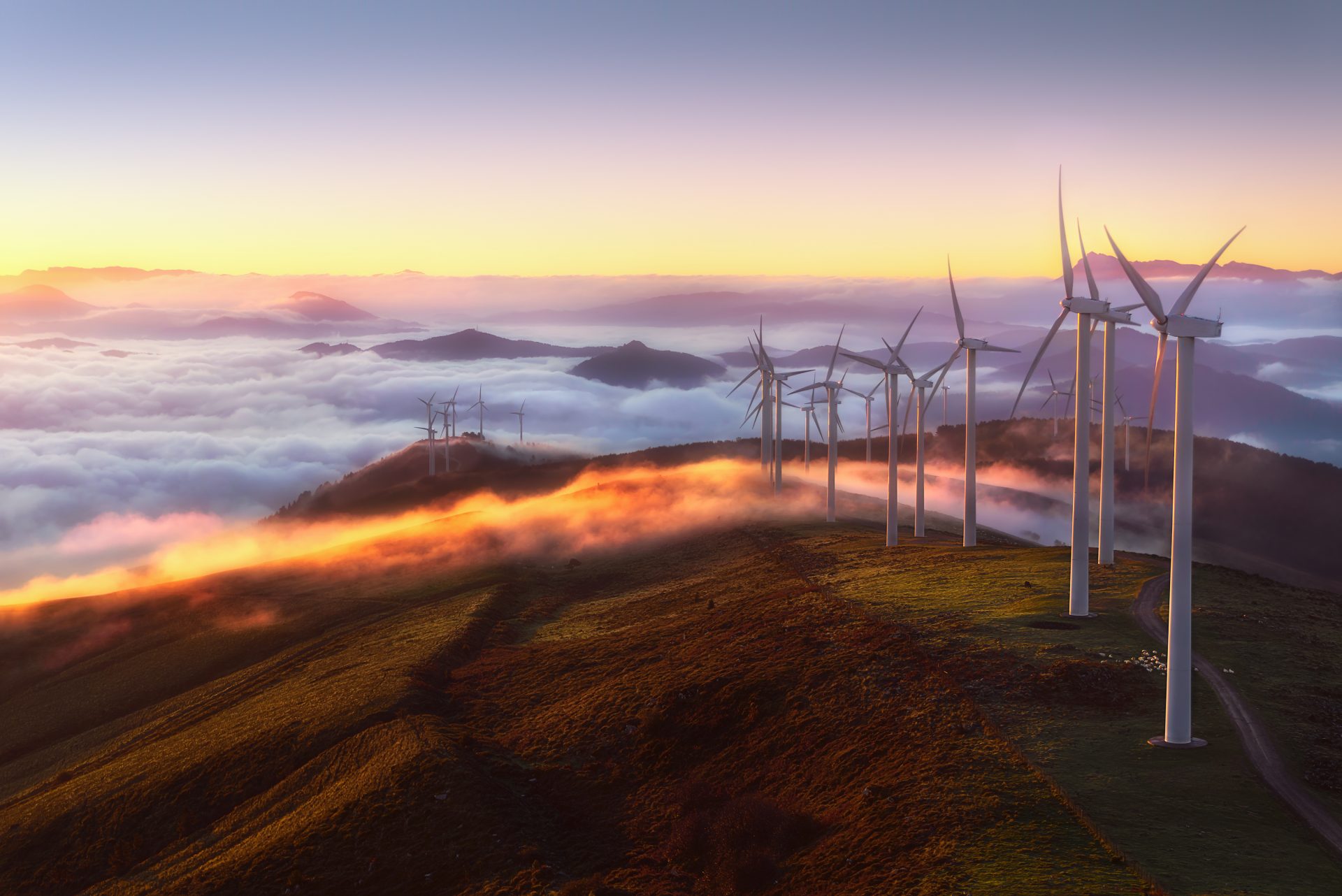
Wind Power in BC
British Columbia has some of the strongest, most consistent wind regimes in Canada and the ideal hydro resource base to integrate wind power. BC also has vast offshore wind potential, particularly along the north coast where the seabed is flat, the water is shallow, and winds are strong.
Some of BC’s operating wind power projects include:

Pennask Wind Farm

Shinish Creek Wind Farm

Cape Scott Wind
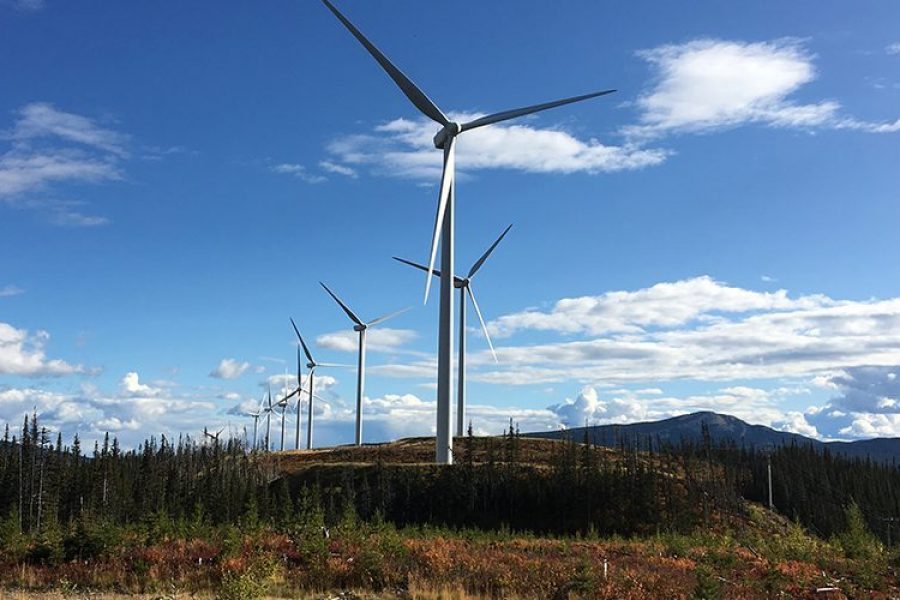
Dokie Ridge Wind Farm

Bear Mountain Wind Park
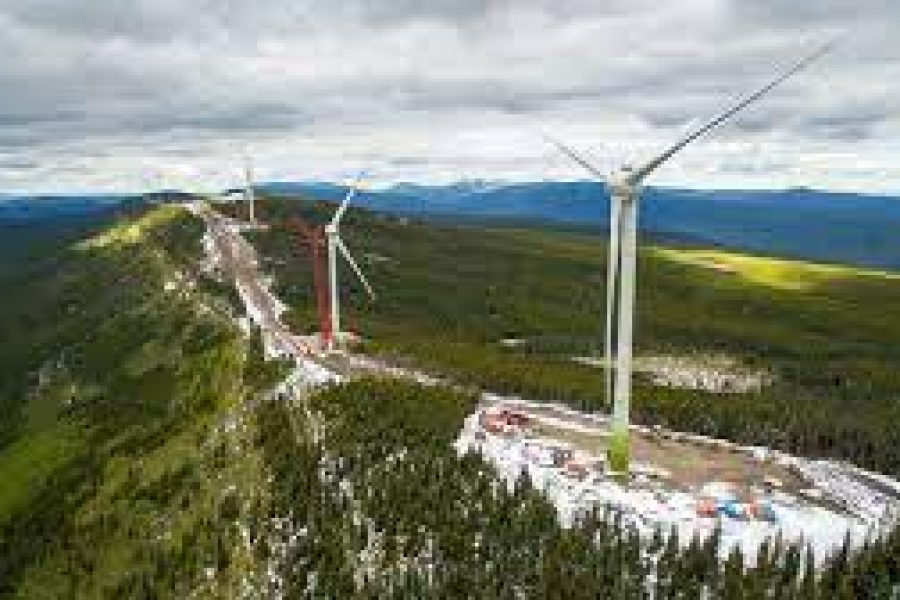
Moose Lake Wind
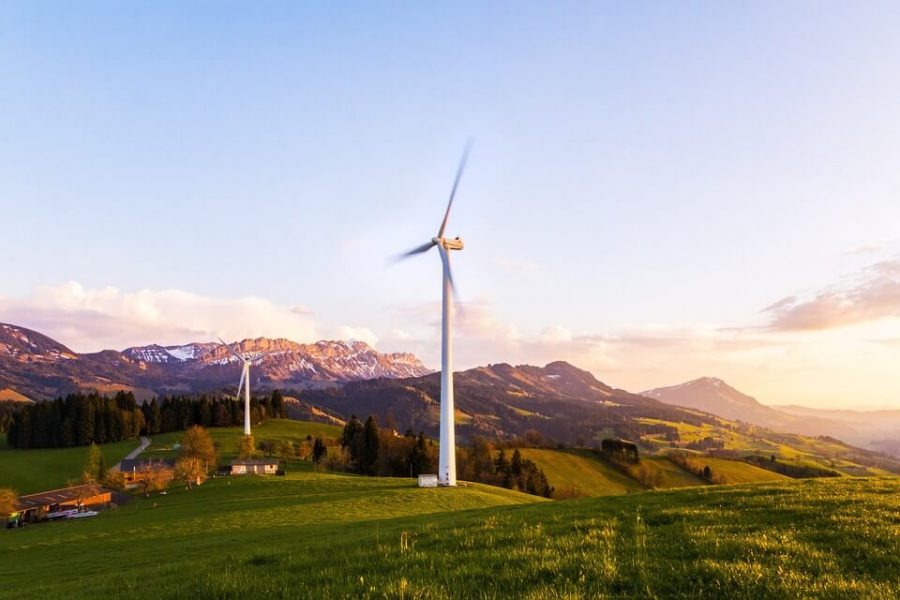
Meikle Wind Project
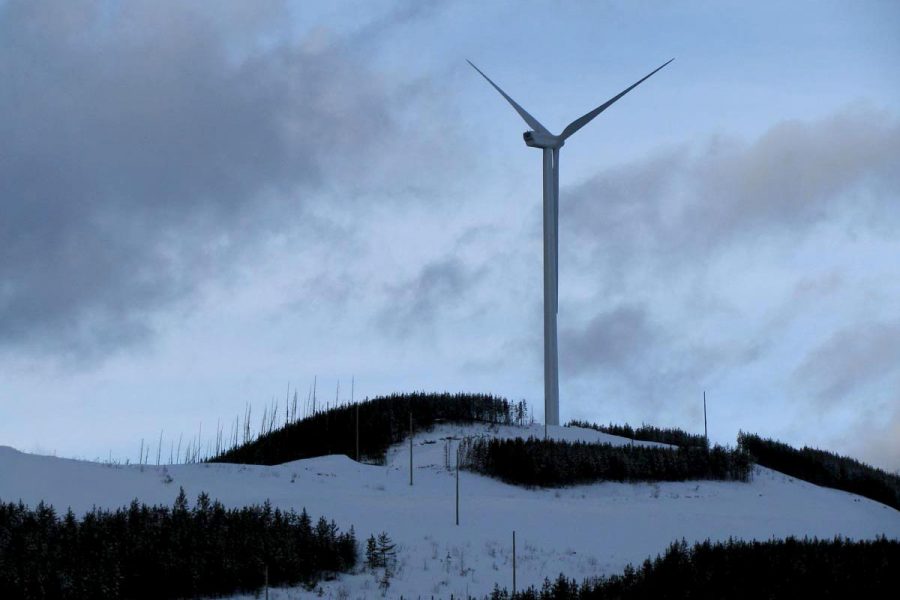
Quality Wind
Environmental & Regulatory Considerations
- A typical 100 MW wind energy project can produce over 300,000 MWh of green energy annually, displacing more than 100,000 tons of carbon dioxide (equivalent to taking 25,000 cars off the road each year).
- A 2 MW turbine can generate the equivalent annual power usage of over 500 homes.
- Projects are subject to review by government agencies at both the federal and provincial levels, with numerous licenses and permits required to construct and operate a project.
- Throughout the development, construction, and operation phases, wind developers work hard to consult with residents and First Nations regarding project benefits and potential impacts.
- In British Columbia, wind power projects over 50 MW must undergo a comprehensive environmental assessment process.
- The most environmentally responsible way of generating wind energy is also the most economical. The development of wind projects with multiple turbines and a single transmission line right-of-way provides more power with a smaller environmental footprint.
Socio-Economic Benefits
There are many socio-economic benefits of wind power including:
Diversification of economic activity in remote areas
- Training and employment opportunities for First Nations and local communities with some First Nations communities becoming project partners through participation agreements with developers
- Supports jobs in BC’s construction, engineering, and design sectors
- Ensures environmentally sustainable development of local resources
- Builds new power generation therefore reducing BC’s reliance on imported power
- Provides power at a fixed price, eliminating variability in the cost of fuel
